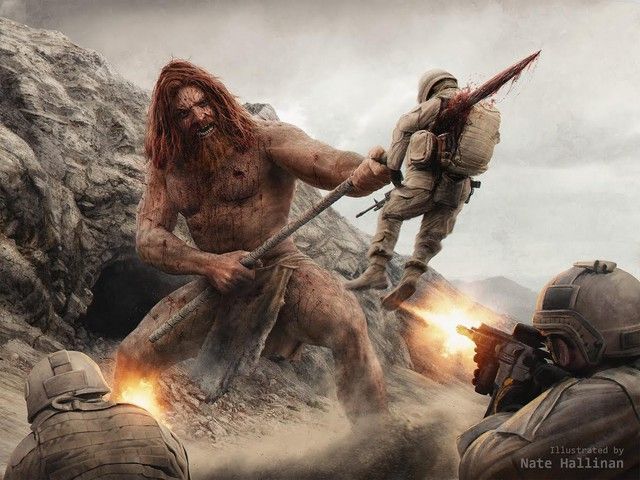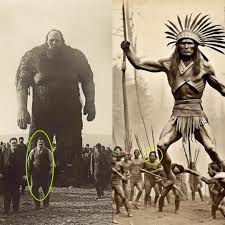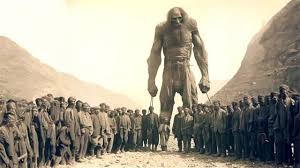Breaking: Ancient Armies, Modern Clues — Uncovering Forgotten Wars of the Past
The field of archaeology is constantly revealing new information about ancient warfare, and recent discoveries have provided remarkable insights into the strategies, technology, and sheer scale of military conflicts that were once “forgotten” to history. Using cutting-edge technology like ground-penetrating radar and computer modeling, archaeologists are no longer just relying on shovels and brushes; they’re uncovering entire battlefields and military camps that have been lost for millennia.

One such example is the recent discovery of an ancient Roman army camp in the Netherlands. Using a computer model that analyzed terrain and Roman marching routes, researchers located a 22-acre site 15 miles beyond the empire’s northern frontier. This temporary “marching camp,” which was likely only used for a few days or weeks around the 2nd century CE, contains a ditch, a wall, and several entrances. The finding is significant because it provides tangible evidence that Roman forces were venturing far beyond their established borders, demonstrating a wider sphere of influence and military activity than previously understood.

These archaeological finds provide a vital, on-the-ground perspective that can challenge or complement written historical records. The artifacts left behind—from armor fragments and weapons to the very layout of a camp—tell a silent story about the lives of soldiers, the logistics of a military campaign, and the brutal realities of ancient combat. In doing so, these discoveries allow us to piece together the narratives of forgotten wars and conflicts, transforming history from a collection of old texts into a vibrant, three-dimensional picture of the past.
